The mortise and tenon, mortise and tenon as you will find it in the English documentation, is perhaps the most common wood joint, used in furniture as well as doors, windows and construction. It is one of a series of classic traditional joints, along with dovetailing, lamb and uluc or the one with dowels. In fact, these joints have often been (and still are) combined to achieve greater strength and aesthetic effect.
It is considered to be one of the oldest wooden joints
The oldest such joint discovered is thought to be over 7000 years old. It was found at a wooden well near Leipzig, which is also considered to be the oldest intact functional construction. The log and hollow joint has also been found in Egyptian pyramids, antique furniture in Greece, Rome and Persia, and buildings in ancient China. It is how ancient craftsmen joined wood so that it would last for centuries, even millennia.
The butt and rabbet joint is simple and very strong and is mainly used for 90° joints. It consists of a stock made on the end of one piece of wood that fits snugly into a notch in another piece of wood. There are several variations of jointing, each of which adds strength or aesthetics or solves some more complicated problems.
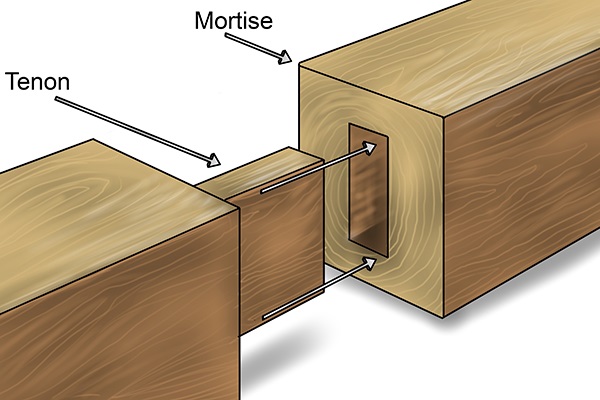
Ways of making a butt and socket joint
Joining is used when the object is required to withstand high forces. It is often used to join table or chair frames to legs, to fix poles to cupboards or bookcases, to fix simple staircases, to join door frames, window frames, to join beams in traditional construction.
In the past, joinery was done by hand, with ordinary carpentry tools, i.e. chisels and wooden mallet and saw. It was done in such a way as to require no other fasteners - glue, nails - the only 'fuses' sometimes used were quills or dowels. The top and the hollow were very precisely made so that they fitted together perfectly, the two elements functioning as a whole after joining.
Even now, these traditional joints are still being made, especially by carpenters who are passionate about working with solid wood and try to carry on the tradition. This is the case with Dragos and Costi, which I have written about on various occasions and who made, for example, the combination at the end of the article.
In contrast to the joints made in the past, adhesive is now also used for safety. No screws, nails or other metal elements are used. The use of feathers made of other wood species in color contrast to the basic wood (oak with mahon, frasin with nuc) creates a very pleasing effect and increases the value of the furniture.
In addition to the old tools, they now use the circular saw to make the stock and the router with special cutters and template to make the exact notch. It takes a lot of precision to make a strong joint. Even a small mistake leads to a lower strength of the joint and can spoil the symmetry of the design.
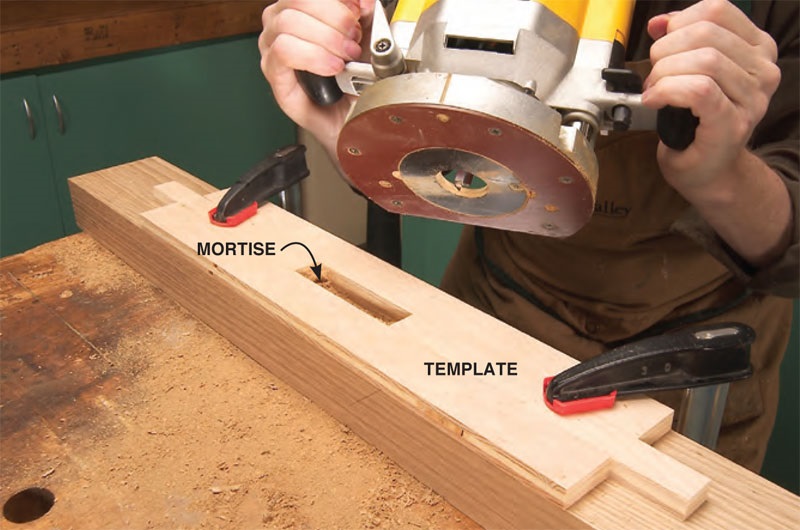
Rules to keep in mind when making the elements for a ball and socket joint
The size of the stump and the size of the hollow depends on the thickness of the wood. The rules of good practice state that the thickness of the stock should be one-third of the thickness of the wooden element and the rabbet one-third of its width (the width being the part that continues the element containing the stock, joined at 90º) and one-sixth of its thickness. It is important that the butt and rabbet joint is very strong. Therefore, when the table, seat or seat poles have to withstand high forces, strength calculations must be made to determine the thickness of the butt and the length of the groove.
Another basic rule of thumb is that first you make the scoop and then the top. The stop is made slightly larger than the socket after which it is adjusted. It is much simpler to adjust a large ball than to fix a joint whose ball is small and has play in the socket.
Notch is made in such a way that the butt fits snugly and no larger so as not to loosen the connection. The exception to this is the open (broken) butt and rabbet joint, in which case the rabbet is actually a groove or hole in the wood member.
The log should not be made very thin because it reduces the strength of the joint. It should have straight and smooth sides to easily penetrate into the groove and fit perfectly.
Assembly between the two elements must be done with a little force, without play, but without too much force. A joint into which the butt fits very tightly runs the risk of failure at the slightest expansion of the wood. Adhesive is used for secure fixing. The adhesive is applied to the butt and is laid to be in excess making sure it reaches the entire contact surface. The excess will come out when the fixing is final. It is recommended to leave it until fully cured so as not to damage the joint. Removal is done after curing with a sharp chisel.

Types of ball and socket joints
There are many known variations of the blending. Of these, the best known are:
- closed joint or blind joint, as the old carpenters call it. The rabbet does not penetrate the wood, so the grain is not visible on the outside;
- open (broken) joint. The split is penetrating the wood and the burr is visible from the outside;
- double joint. On the same element are made two logs that go into 2 grooves on the other element;
- angle joint. The top or notch is not in a straight line. They can be both angled or only one of them;
- combined joint with lambda and uluc. The increased joint strength results from the combination of the two joint types;
- loose joint with wedge. The stock passes through to the other side and has a hole cut in it. Once the butt and hollow joint is made, a wedge is hammered into the hole in the butt to prevent it from coming loose. It is a joint that may not be as rigid as the others.
the joint can also be combined with the dovetail joint (the top and the hollow are made in the shape of a swallowtail) or with the dowel joint, where the dowels are beaten into the sides of the element with the hollow securing the top inside.
I've already told you about jointing using feathers for stiffening. In addition to stiffening it also increases the aesthetic effect. In the pictures below is such a joint handmade by Dragos Costache from Iplan, one of the modern carpenters mentioned above.
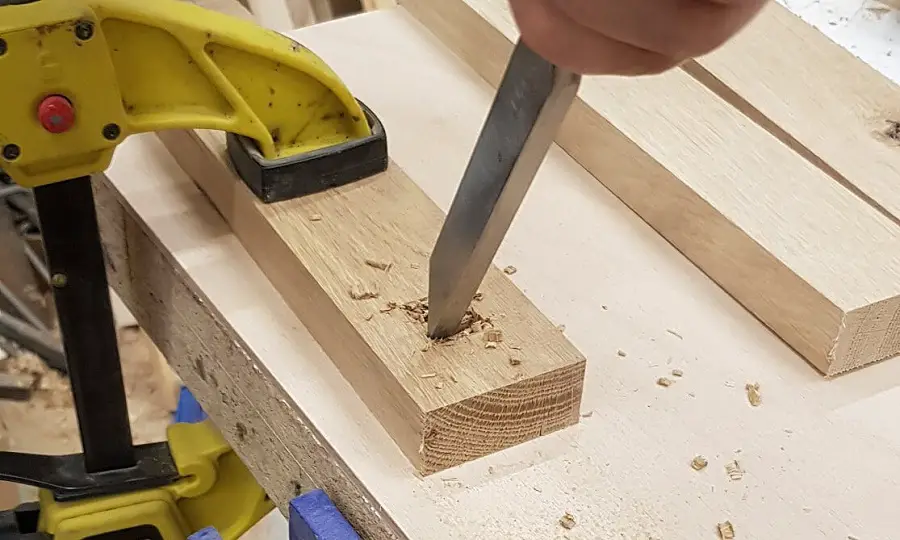
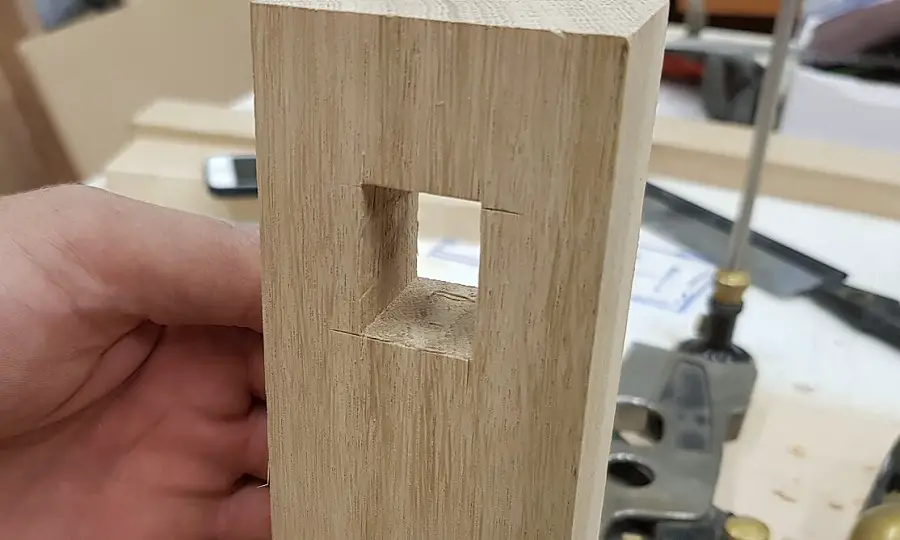
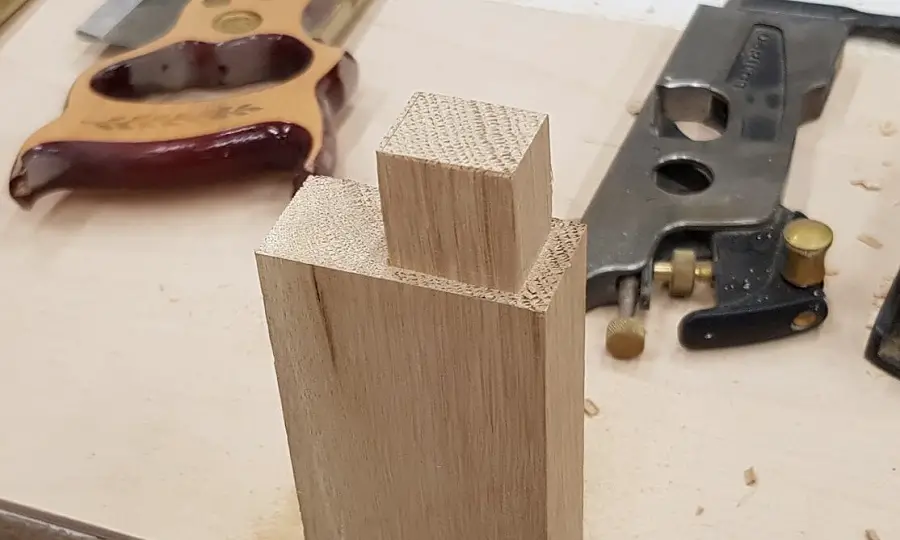
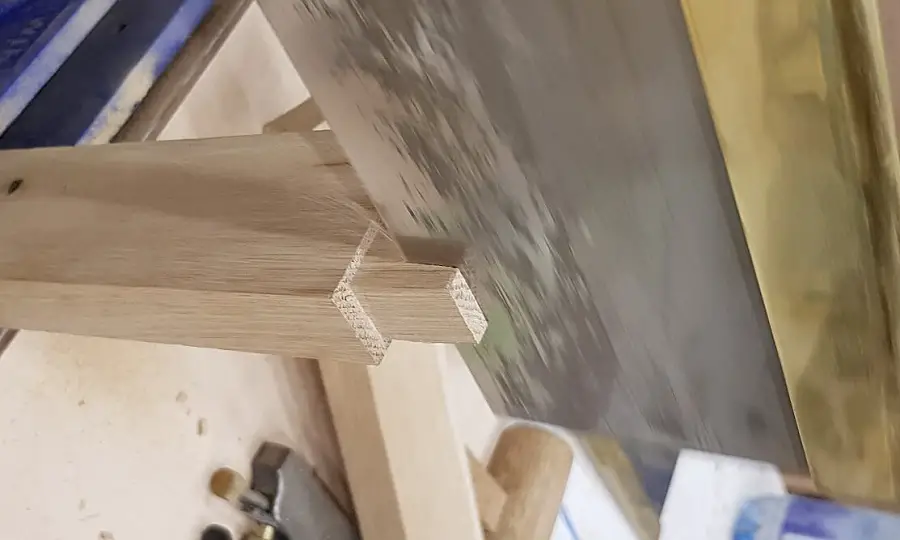

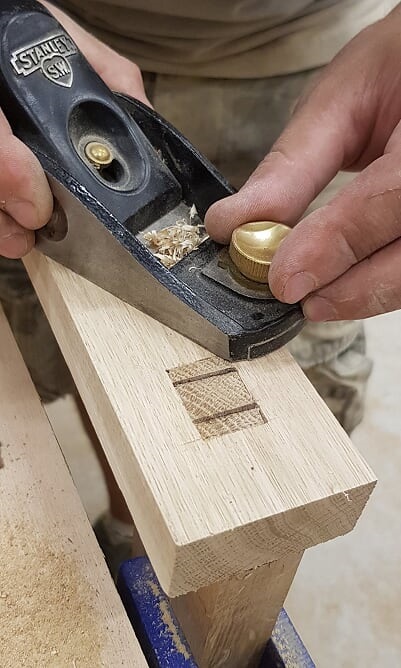
I hope that this time, at least for some of you, I have come up with some news. If you find the information useful to others, feel free to share. If you have any additions, clarifications or would like further information, leave your comments below.
























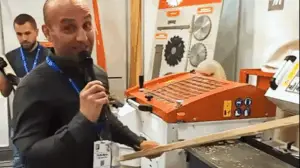










Add comment